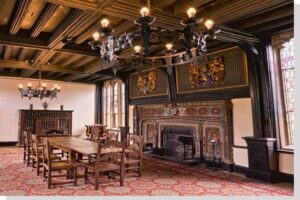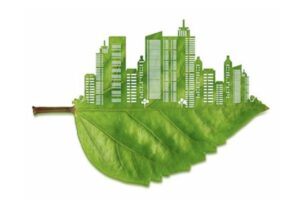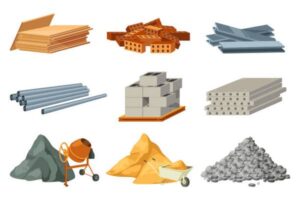How Are Building Material Tests Applied in High-Rise Construction?
When it comes to high-rise buildings1, every material must perform under pressure—literally and figuratively. With towering heights, increased wind loads, fire risks, and long-term exposure to the elements, building material testing2 in high-rise projects is not just important—it’s mission-critical. Here’s how specialized testing ensures the safety, stability, and longevity3 of today’s modern skyscrapers.
Essential Material Tests for High-Rise Structural Integrity
High-rise buildings rely on ultra-strong, stable materials4 that can withstand immense vertical and lateral forces. That’s why structural materials like concrete, steel, and reinforcement bars undergo rigorous mechanical testing5.
Pruebas clave:
- Compressive Strength (ASTM C39) – Confirms concrete can support vertical loads.
- Tensile and Yield Strength (ASTM E8) – Ensures steel resists tension and buckling.
- Rebar Bond Strength – Evaluates rebar adhesion in concrete under stress.
- Dynamic Wind Load Simulation – Tests cladding and curtain walls against vortex shedding.
| Material | Enfoque de prueba | Por que importa |
|---|---|---|
| Concreto | Compression, shrinkage, creep | Avoids column failure under building load |
| Steel | Tension, ductility | Prevents fractures under wind or seismic stress |
| Reinforced bars | Bond strength, corrosion resistance | Ensures long-term stability of structural frame |
In tall buildings, small variations in material strength can lead to cumulative risks, especially over dozens of floors.
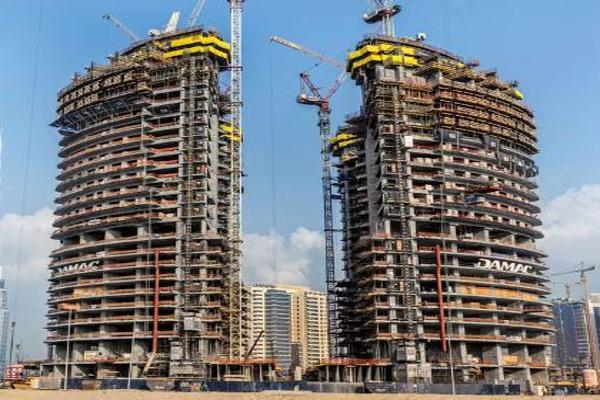
Application of Fire-Resistance Testing in High-Rise Buildings
Fire safety in high-rises is paramount. With evacuation times longer and vertical travel paths more dangerous, materials must resist fire long enough to allow safe exit and firefighting access6.
Fire Testing Applications:
- ASTM E119: Measures how long structural elements can withstand fire exposure.
- NFPA 285: Tests flammability and flame spread in exterior wall assemblies.
- Smoke Toxicity Testing: Evaluates materials like insulation, sealants, and ceiling tiles.
- Fireproofing Adhesion & Thickness: Ensures sprayed fire-resistive materials (SFRM) remain in place.
| Tipo de prueba | Material | Objetivo |
|---|---|---|
| Fire endurance (E119) | Beams, floors, columns | Ensures structure won’t collapse prematurely |
| Flame spread (NFPA 285) | Façade cladding | Prevents rapid fire propagation |
| Smoke toxicity | Polymers, sealants | Protects air quality during evacuation |
By verifying fire resistance, these tests help buildings meet strict code requirements and safety benchmarks.
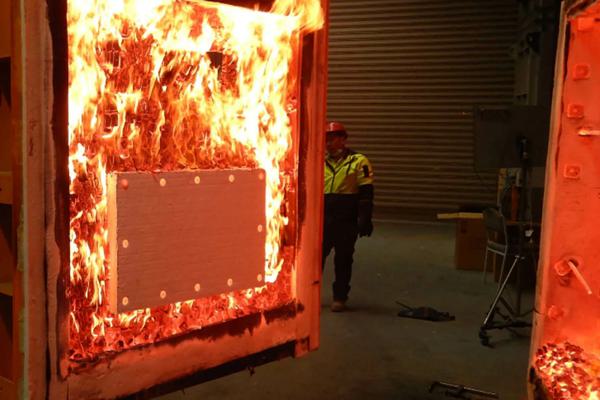
Moisture and Durability Tests for High-Rise Exterior Materials
The taller the building, the more it faces harsh wind, UV, and rain exposure7—especially on curtain walls and roof systems. Testing for durability and moisture resistance8 is crucial for preventing leaks, mold, and façade degradation.
Pruebas de durabilidad clave:
- ASTM E331: Measures resistance of windows and cladding to water penetration under pressure.
- UV Weathering (ASTM G154): Tests how materials age under sun exposure.
- Freeze-Thaw Cycling (ASTM C666): Simulates thermal expansion damage in cold climates.
- Sealant Adhesion and Movement: Ensures long-term waterproofing performance.
| Material | Prueba clave | Por qué es importante |
|---|---|---|
| Glazing and curtain walls | ASTM E331 | Prevents water ingress through facade joints |
| Insulation and sealants | UV resistance and adhesion | Maintains envelope performance over decades |
| Concrete facades | Freeze-thaw, absorption | Avoids spalling and visual deterioration |
Durability testing ensures the building envelope remains tight, strong, and beautiful—even 50 floors up.
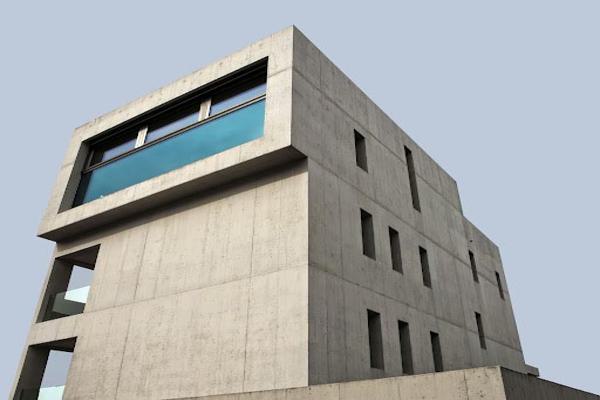
Case Studies: Successful Material Testing in Iconic High-Rises
1. Burj Khalifa, Dubai
- Material Focus: High-performance concrete resistant to intense desert temperatures.
- Testing Approach: Mix design trials included 100°C exposure and chloride diffusion tests to withstand coastal air.
2. One World Trade Center, New York
- Material Focus: Fire-resistant structural steel and impact-tested glazing systems.
- Testing Approach: Full-scale fire and blast resistance testing on curtain wall components.
3. Shanghai Tower
- Material Focus: Wind-resistant glass curtain wall system for typhoon-prone region.
- Testing Approach: Wind tunnel testing and ASTM E283/E330 air infiltration resistance tests ensured performance at extreme altitudes.
| Project | Material Test Highlight | Impacto |
|---|---|---|
| Burj Khalifa | Heat & chemical resistance of concrete | Enabled 828m structural height |
| One World Trade Center | Fire and blast testing of cladding | Met post-9/11 building code upgrades |
| Shanghai Tower | Wind resistance testing for facade | Withstood regional wind loading regulations |
These case studies prove that robust material testing is the hidden backbone of every successful high-rise project.

Conclusión
High-rise construction pushes building materials to their limits—and only through precise, material-specific testing can those limits be trusted. From concrete strength to fire resistance and envelope durability, testing not only verifies safety—it enables innovation. For engineers and architects shaping the skylines of tomorrow, quality material testing remains an indispensable pillar of skyscraper success.
-
Exploring the challenges of high-rise buildings can provide valuable insights into the complexities of modern architecture and engineering. ↩
-
Understanding best practices in building material testing is crucial for ensuring the safety and longevity of skyscrapers. Explore this resource for expert insights. ↩
-
Discover how these three factors influence skyscraper design and construction, ensuring they withstand the test of time and elements. ↩
-
Explore this link to understand the materials that ensure the safety and durability of high-rise structures. ↩
-
Learn about the importance of rigorous mechanical testing in ensuring the reliability of construction materials. ↩
-
Understanding fire-resistant materials is crucial for ensuring safety in high-rises. Explore this link to learn about the best options available. ↩
-
Understanding these effects can help in designing better building materials and structures that withstand environmental challenges. ↩
-
Exploring testing methods can provide insights into ensuring long-lasting and safe structures, crucial for architects and builders. ↩



